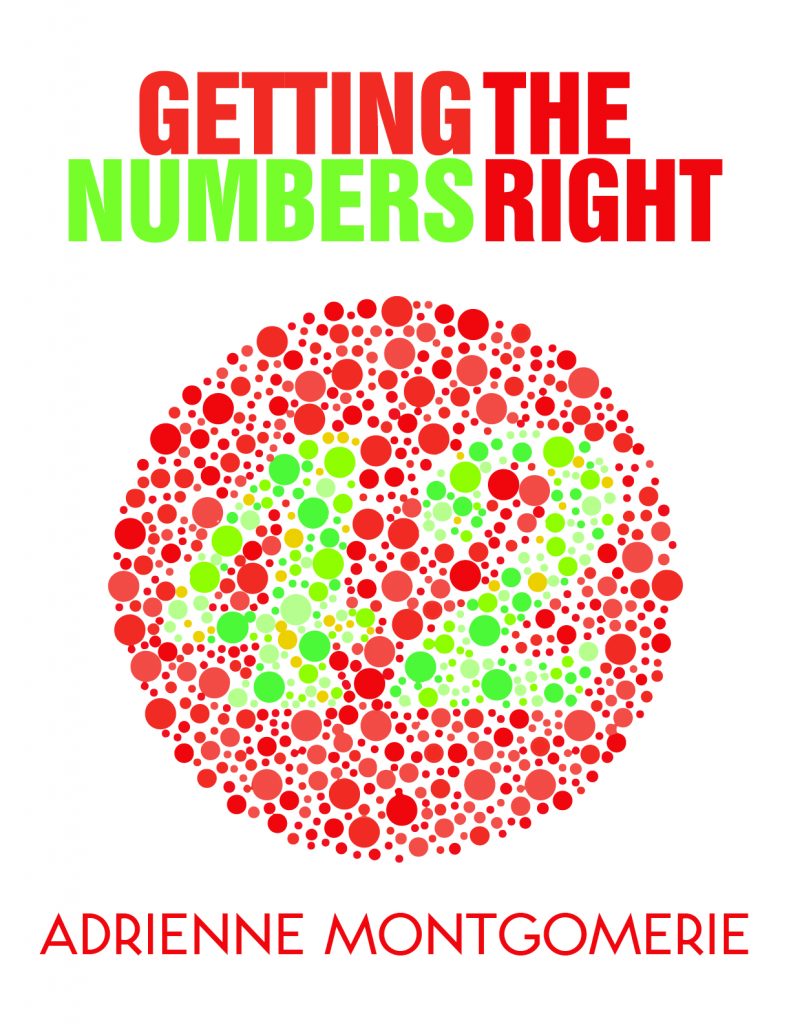
Along the Home ribbon, if the window is wide enough, you can see several Styles for words and paragraphs. Unlike the font and size selections at the left edge of the ribbon, Style sets standard attributes for each kind of text: normal, body, headings, footers, and even comment balloons. And those attributes can be changed throughout a document with a single modification to the style.

But the real use of Styles goes beyond making sure each element of a document looks consistent. Styles can be used to rearrange your document (via Outline view) and by the designer, compositor, and other production crew to seamlessly apply the final design to the product. MS Word creates XML tags for each style in the background that InDesign, WordPress, Desire 2 Learn, and other production software can interpret. The compositor or designer can then use automation to set their project’s design to those tags. So even if you like editing with subheads styled in 24pt Comic Sans in teal, WordPress will apply the theme’s formatting thanks to the XML tagged elements, ensuring a consistent look on the website. And when the designer wants to change the look of an element, those tags make it possible to do so globally rather than one by one, using brute force and inevitably missing some.
When a publisher says they want you to “style a document,” this is what they mean. They don’t mean “Select All and change the font.” They want you to make sure every single character and paragraph has a style applied so that the production team’s output will be closer to perfect.

Troubleshooting
To see which Style is applied to text, place the cursor in the text, then check the Styles Gallery to see which style is selected (outlined with a faint blue border).
Not every style appears in the Styles Gallery on the ribbon. If you can’t see which style is selected, launch the full Styles Pane. Mac users just click the icon beside the Styles Gallery. Windows users, click the little angle arrow at the right bottom edge of the Styles Gallery. The top bar of that pane shows the Current style that is applied wherever the cursor is currently placed.
Modify styles, don’t just manually change the look of an individual item. Place the cursor in text you want to modify, then right-click on the style it is set to in the Styles Gallery and select Modify… (or click the drop-down menu arrow on the Current style field at the top of the Styles Pane and select Modify Style… from there).
For best results, create new, custom styles for the project. Word’s built-in styles can wreak havoc with design as they change to reflect each user’s settings. More on that in another post.
Got a gnarly Word problem? Submit your problem and we’ll try to answer it in the Q&A thread.




Learn with us! Join a course today.
© This blog and all materials in it are copyright Adrienne Montgomerie on the date of publication. All rights reserved. No portion may be stored or distributed without express written permission. Asking is easy!
Image of art media by Gábor Adonyi from Pixabay